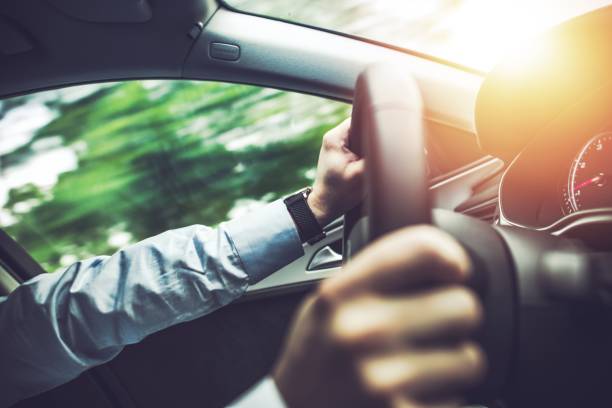Summary
– What is Eco-driving?
– What are the benefits of Eco-driving?
– How to practice Eco-driving in an electric car?
– The importance of maintaining your electric car
– The expert’s opinion
The range of an electric vehicle can act as a brake on relatively long journeys. Charging time is to be anticipated, as it is still a little long, but the manufacturers are promising solid improvements in the short and medium-term. For fewer constraints, even on everyday journeys, Eco-driving is a simple and effective way to increase mileage autonomy.
What is Eco-driving? What can it bring and how to Eco-drive an electric car? This post gives you some advice to optimize your driving and the autonomy of your vehicle.
What is Eco-driving?
The word “Eco-driving” is very revealing of today’s times. It perfectly defines the trend to reinvent our way of life in the face of the challenges of the coming decades.
It combines economy and ecology to make driving a car more adapted to today’s engines and our environment, while also enhancing our safety and the safety of passengers and other users.
Behind this word are all the behaviors that every driver can adopt to limit costs and reduce environmental impact.
How to practice Eco-driving in an electric car?
Here are some principles that will allow you to guarantee your safety, meet environmental challenges, and enjoy more mileage with less energy.
First of all, you must adapt the speed of the electric vehicle to the route and respect the authorized speeds; otherwise, your consumption will inevitably be higher and your range reduced.
Please note: since 2009, Eco-driving has been part of the driving school’s programs for obtaining a driving license and also allows you to earn bonus points when you take the test.
In urban areas
On an urban route, you should drive as smoothly as possible, without jerks. In particular, it is important to avoid being too close to the vehicle in front, for safety reasons, but also to avoid systematically using the brake each time you slow down and then accelerate again. Sufficient space allows for more visibility and better anticipation. The approach of traffic lights, intersections, and stops must be anticipated, and accelerations should be carried out with moderation.
This attitude should also be adopted on congested routes: this will limit the “accordion” effect, which consumes energy when restarting.
On roads and highways
The higher your speed, the less autonomy you will have and the faster the drop will be. Therefore, it is important to maintain a moderate and above all stable speed. Think about cruise control, if the vehicle is equipped with it: it allows you to limit fuel consumption significantly.
And know that on a short trip, the impression of losing time by driving at 110 km/h instead of 130 km/h is illusory (about 5 seconds per km!).
Finally, driving with the window(s) open or with a roof rack will have a direct effect on the autonomy of an electric vehicle; a point to be taken into account during your trips. Similarly, the use of heating should be done moderately so as not to impact the range unnecessarily.
The importance of maintaining your electric car
The general maintenance of your electric vehicle is essential for a longer lifespan but also for more safety.
The pressure of your tires must be checked regularly and adjusted, especially during the changing seasons. Consult the manufacturer’s recommendations or a specialist, because depending on the use, load, and/or highway route, the pressure will be higher.
An under-inflated tire is a risk to your safety, but it is also a source of over-consumption.
The expert’s opinion
Activating your vehicle’s “Eco” mode is a key element in optimizing its range and providing you with a smooth and enjoyable drive. That’s why Nissan has developed regenerative driving modes with a goal to recover up to 30% of your driving range. For example, by opting for “B” and “ECO” driving modes, energy consumption will be better controlled and energy regeneration during braking or deceleration will be more efficient.
Now you know how to save on battery. Remember to comment and share this post with your peers.


